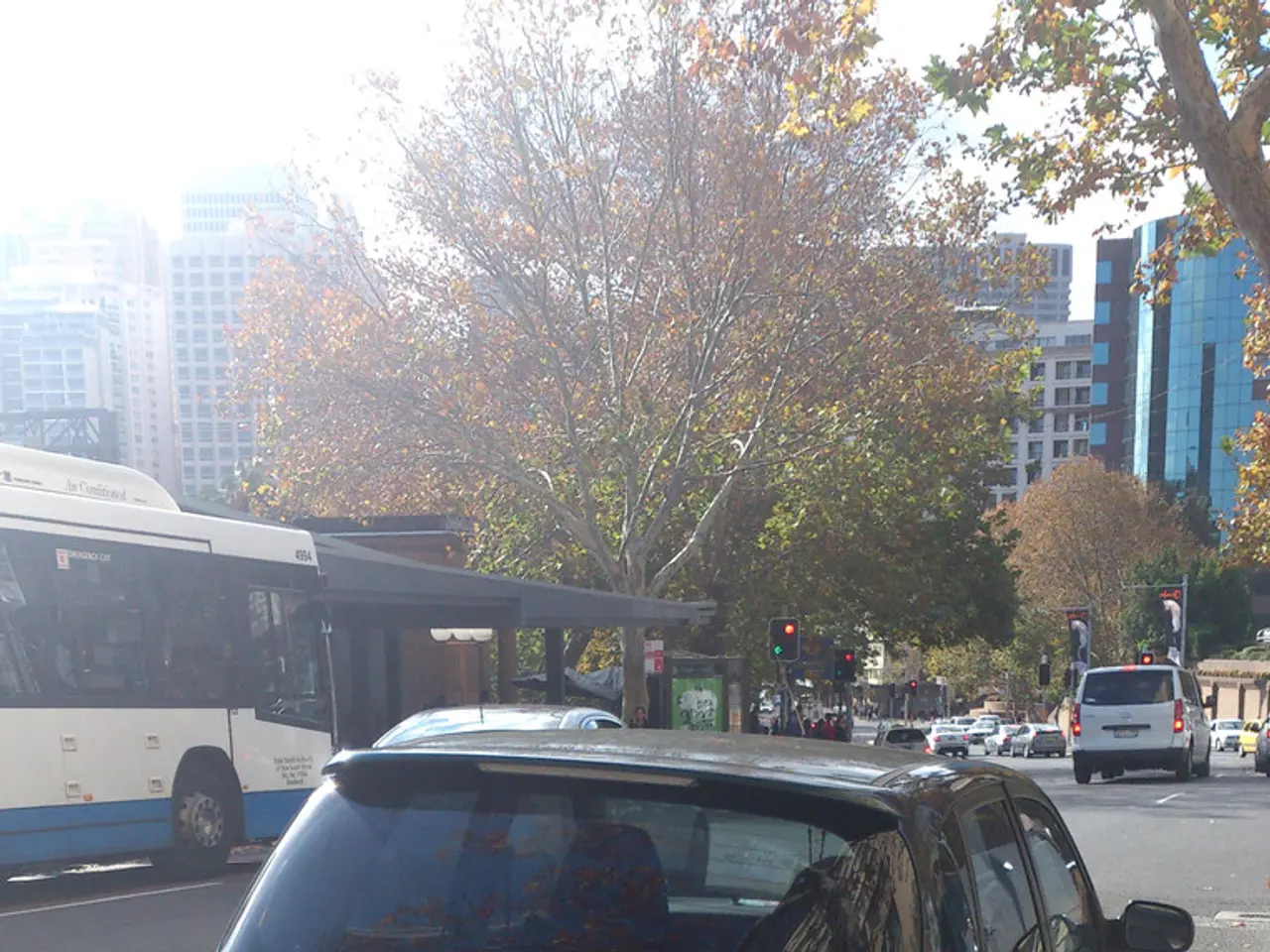Innovative Technologies driving Modern Intelligent Traffic Management Systems
In an era of rapid urban growth and increasing traffic congestion, the development of intelligent traffic systems is transforming the way cities manage their roads. These systems are designed to enhance safety, improve efficiency, and reduce environmental impact, making urban mobility smarter and more sustainable. Here are the top 7 key technologies driving this revolution:
1. City Traffic Management Systems
City Traffic Management Systems (CTMS) form the backbone of intelligent traffic systems. These unified platforms integrate data from various sources like vehicle detectors, smart cameras, and weather sensors, enabling real-time traffic monitoring, incident response, and congestion management to improve flow and safety.
2. AI-Powered Traffic Sensors
Advanced AI-powered traffic sensors use machine learning and computer vision to accurately detect, classify, and predict traffic patterns with high precision. By processing data locally, these sensors reduce latency and provide real-time adaptive decisions.
3. Smart Digital Junction Systems
Smart Digital Junction Systems (SDJS) optimize the control of intersections using digital signals and AI algorithms. By optimizing traffic light timing, these systems aim to reduce delay and accidents, leading to smoother traffic flow.
4. Green Routing Technologies
Green Routing Technologies (GRT) use connected vehicle technology to provide real-time route suggestions that are optimized for fuel efficiency. By minimizing emissions and fuel consumption, GRT helps drivers save on fuel costs and reduce their carbon footprint.
5. Tech-Driven Car Park Systems
Smart parking solutions, known as Tech-Driven Car Park Systems, guide drivers to available spaces efficiently, reducing unnecessary congestion and emissions caused by circling for parking. These systems handle fee collection, manage parking reservations, and use advanced guidance features to direct drivers to vacant spots.
6. Intelligent Surveillance and Incident Response Systems
Intelligent Surveillance and Incident Response Systems (ISIRS) use AI-enabled monitoring through cameras and sensors for real-time detection of accidents or anomalies. These systems trigger automated alerts and responses to minimize disruption and improve safety.
7. Autonomous Vehicles Induction and AI-Powered Navigation
Autonomous vehicles and AI-powered navigation systems support autonomous driving and personalized driver guidance, helping reduce human error, optimize driving behavior, and adapt to real-time traffic conditions for smoother flow and fewer accidents.
These technologies operate synergistically within modern intelligent traffic systems to collect and analyze vast data, make real-time adaptive decisions, and improve urban mobility safety and efficiency significantly.
The integration of these technologies is not limited to traditional traffic management systems. For instance, Automated Mobility Districts feature low-speed, driverless shuttles that follow fixed routes between key destinations, offering safe and efficient alternatives to private car use within high-traffic zones. Tech-Driven Car Park Systems help manage parking efficiently, reducing the time spent searching for parking spots and improving overall traffic flow in urban environments.
As cities continue to grow, intelligent transport systems are evolving alongside urban development to ensure smarter, safer mobility for everyone. These systems are becoming increasingly necessary for safer roads, improving traffic flow, enhancing road safety, and reducing environmental impact in urban environments. The shift from traditional to technology-based traffic management systems enhances road safety, shortens travel times, and reduces the workload on traffic operators.
Moreover, intelligent transport systems are essential for supporting environmental goals by encouraging fuel efficiency and reducing carbon footprints. Automated Mobility Districts are areas where autonomous vehicles are used exclusively, aiming to improve traffic flow, enhance road safety, and reduce environmental impact.
In Rotterdam, thermal sensors are used to distinguish cyclists from motorists in smart traffic systems, reducing waiting times at traffic lights for cyclists. Smart Traffic Sensors collect data from vehicle detection systems, smart cameras, and roadway weather sensors to provide real-time traffic information for efficient congestion management.
In conclusion, the integration of these cutting-edge technologies is revolutionizing urban traffic management, making cities safer, more efficient, and more environmentally friendly. As we move forward, we can expect to see further advancements in this field, paving the way for a future where smart cities are the norm.
- Artificial Intelligence (AI) plays a crucial role in reducing the carbon footprint of urban mobility by powering traffic sensors and navigation systems, improving the efficiency of transportation and thus reducing emissions.
- The environment benefits significantly from the implementation of technology-driven traffic management systems, as smarter urban mobility contributes to the reduction of traffic congestion, resulting in less usage of carbon-based fuels.
- Data-and-cloud-computing technologies provide the essential backbone for managing and analyzing the vast amounts of real-time data generated by intelligent traffic systems, allowing for real-time adaptive decisions that improve safety and efficiency.
- The integration of artificial intelligence and technology in travel systems signifies a major shift towards achieving sustainability goals, as the development of autonomous vehicles and efficient routing technologies drives down carbon footprints and fosters smarter urban mobility.




